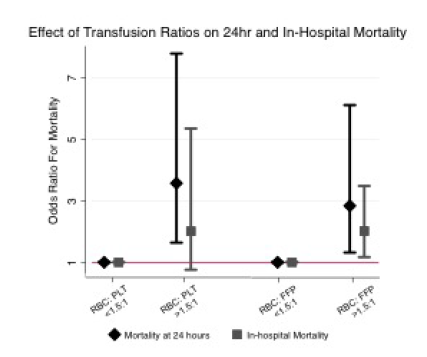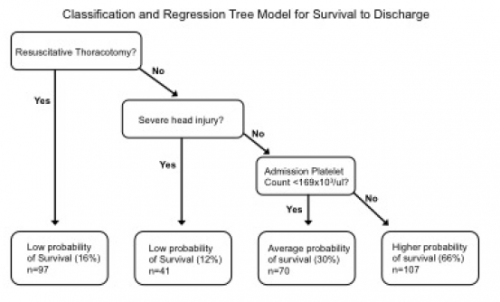In 2015, EAST published their practice guidelines for spine clearance in the obtunded blunt trauma patient. Click here to view them. They stated that a high-quality CT scan can be used to remove (clear) the cervical collar in these patients. This avoids the use of the expensive and personnel-intensive MRI clearance.
The group at UCSF used the NTDB to review the use of MRI in such patients over an 11 year period. They focused on comatose patients (GCS < 8) with an AIS head > 3 and intubation for more than 72 hours. They used logistic regression to equalize confounders while examining the use of MRI over time, before and after the guidelines were published.
Here are the factoids:
- More than 75,000 patients from 530 trauma centers were included
- Patients who were older, Hispanic, uninsured, or involved in a car crash were less likely to undergo spinal MRI
- Level I centers were more likely to use MRI for clearance than Level II centers
- Patients evaluated after release of the practice guidelines were 1.7x more likely to undergo MRI for spine clearance (!!)
The authors concluded that spinal MRI use has been increasing since 2007 despite publication of the EAST guideline.
My comments: To me, this indicates one of the following:
- Nobody reads the EAST guidelines, or
- Trauma programs believe that they alone are able to figure out what is right, and everyone else is wrong
I suspect that it is #2. For some reason, trauma programs insist on doing it their own way despite what decent evidence shows. I think that this represents a defense mechanism to minimize the cognitive dissonance that comes with defying what is published in the literature.
I always encourage programs to borrow/steal what is already out there when crafting their own practice guidelines. Someone else has already done the work, why not take advantage of it? Typically, it’s just an excuse to continue doing things the way they’ve always been done.
This incessant reinventing the wheel becomes tiresome. And for once, I don’t have many questions or suggestions for the authors. Their evidence is pretty well laid out.
My questions for the author / presenter are:
- Do you use MRI for spine clearance in your obtunded blunt trauma patients? And if so, WHY?
- Why do you think there are demographic and trauma center level disparities? Is it the teaching environment? Something else?
To everyone else, I say “get over yourself and read the literature!”
Reference: Assessing the e3ffect of the EAST guideline on utilization of spinal MRI in the obtunded adult blunt trauma patient over time. EAST 2021, Paper 7.


